Description
The radar level meter has a long detection distance and near light energy, and can be installed in various metal and non-metal containers or pipelines. It is suitable for occasions where dust, water mist, inert gas and steam are present. The radar level meter has no harm to the human body and the environment, and has the advantages of not being affected by the specific gravity of the medium, not being affected by the change in the dielectric constant, and not requiring on-site calibration.
Characteristics
Measuring range: 8m / 15m
Blind zone: ≤0.15m
Antenna angle: ±3°
Accuracy: ±5 mm
Introduction
Radar level transmitters can perform non-contact continuous measurement of the height of liquids in closed or open containers in industrial production processes.
The radar level transmitter has long detection distance and near beam energy, and can be installed in various metal and non-metal containers or pipelines. It is suitable for occasions where dust, water mist, inert gas and steam are present. The radar level transmitter has no harm to the human body and the environment, and has the advantages of not being affected by the specific gravity of the medium, not being affected by the change in the dielectric constant, and not requiring on-site calibration.
Radar level measurement is a highly reliable and accurate method of measuring the level of liquids or solids in a variety of industrial applications. This technology uses electromagnetic waves to determine the distance between the radar sensor and the surface of the material being measured.
One of the most important advantages of radar level measurement is its ability to provide accurate measurements even in harsh environments where other methods may fail. This includes applications where there are extreme temperatures, pressures or levels of dust or vapours. In addition, radar level measurement is not affected by the properties of the material being measured, making it suitable for use with a wide range of liquids and solids.
Another advantage of radar level measurement is its ability to provide continuous real-time monitoring of material levels. This enables more efficient and precise control of industrial processes, reduces waste and improves overall productivity. In addition, radar level measurement can be integrated with other process control systems, providing a comprehensive solution for industrial monitoring and control.
When choosing a radar level measurement system, it is important to take into account factors such as the frequency of the electromagnetic waves used, the size and shape of the sensor and the range of the measurement. In addition, it is important to ensure that the system is properly calibrated and installed for accurate and reliable measurements.

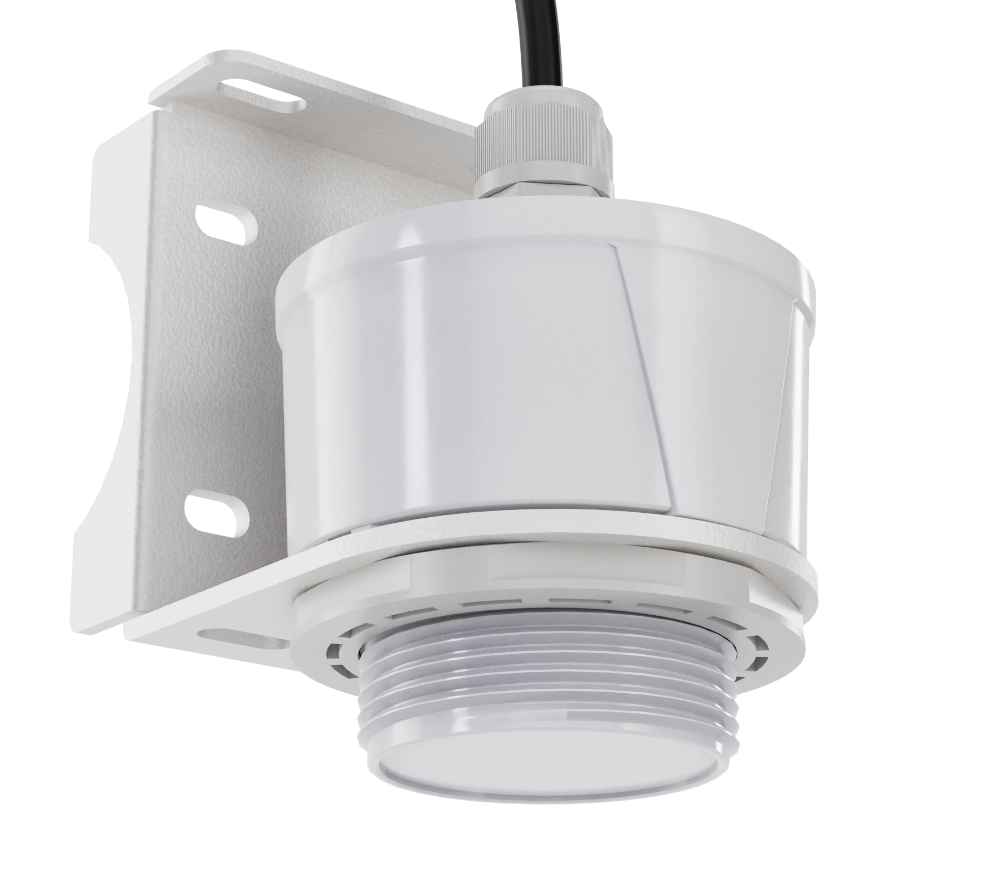
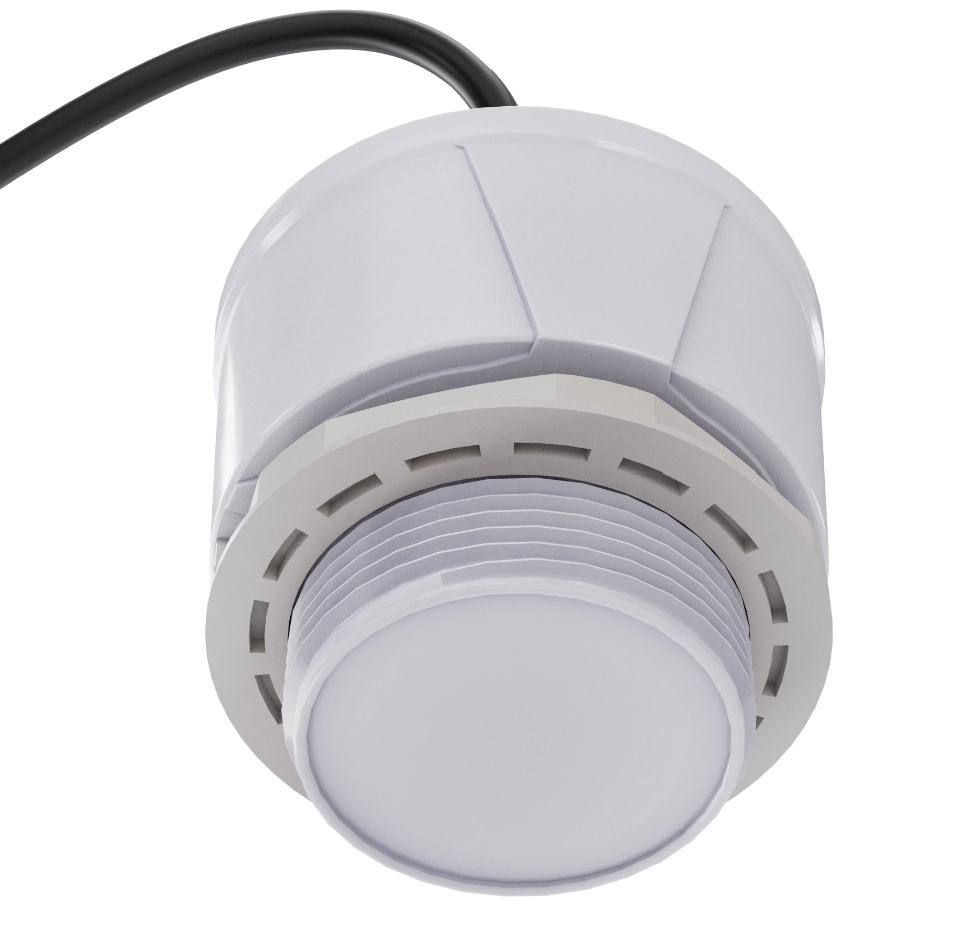
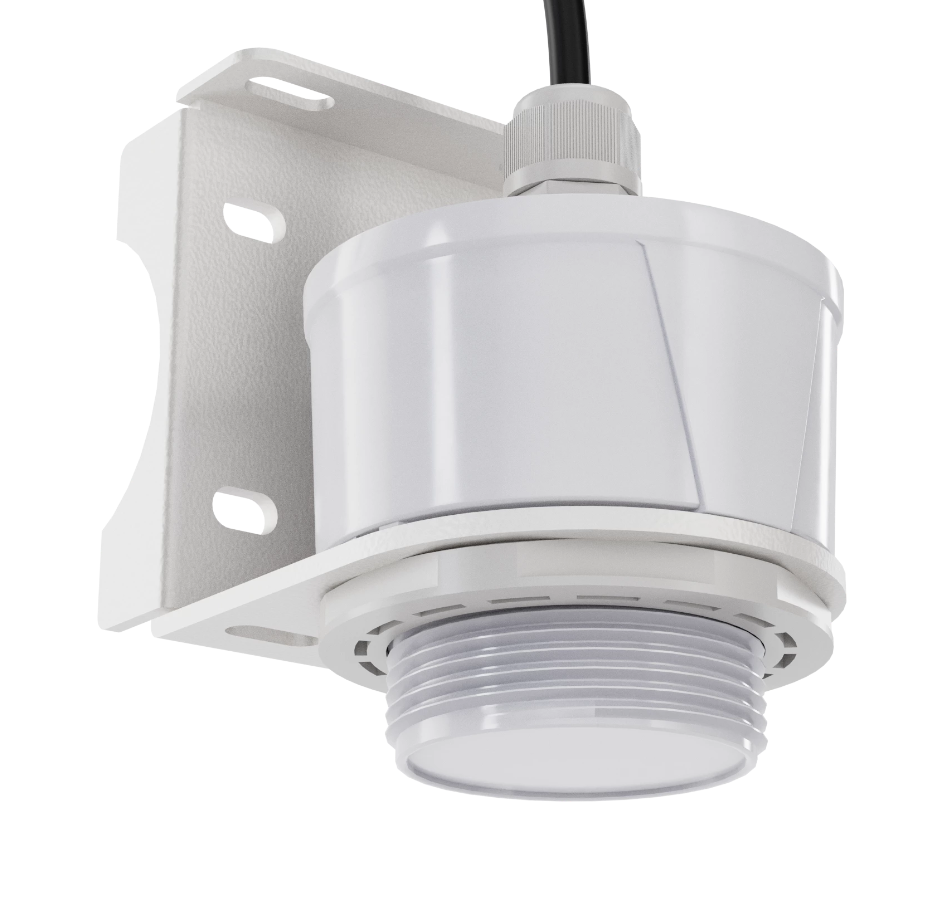
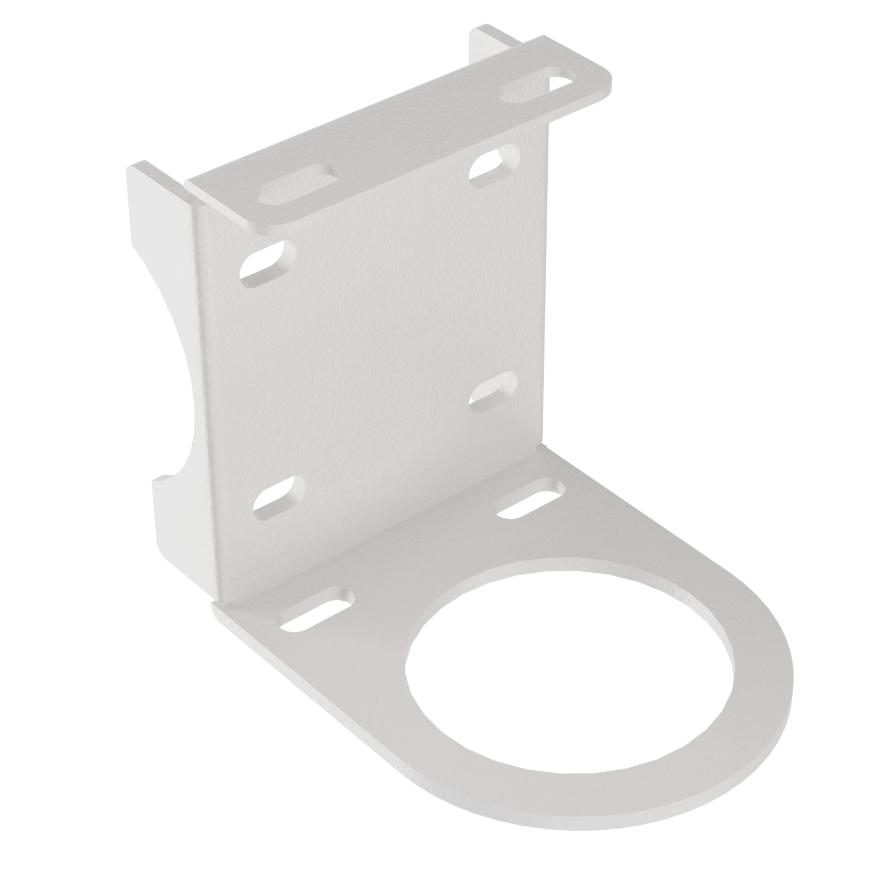
Reviews
There are no reviews yet.